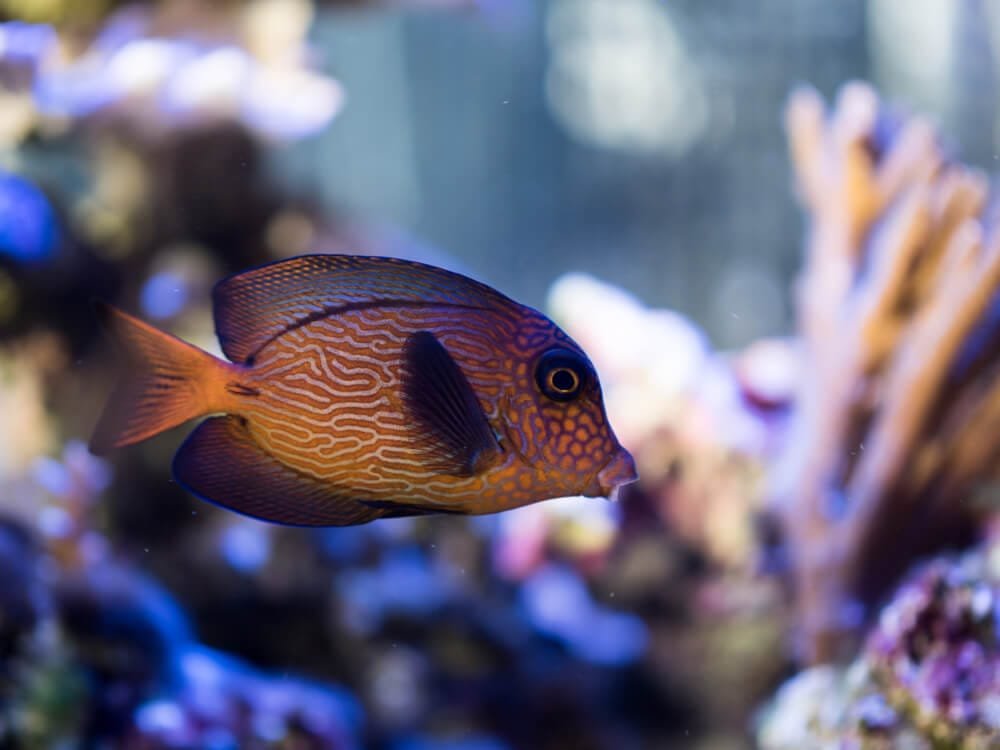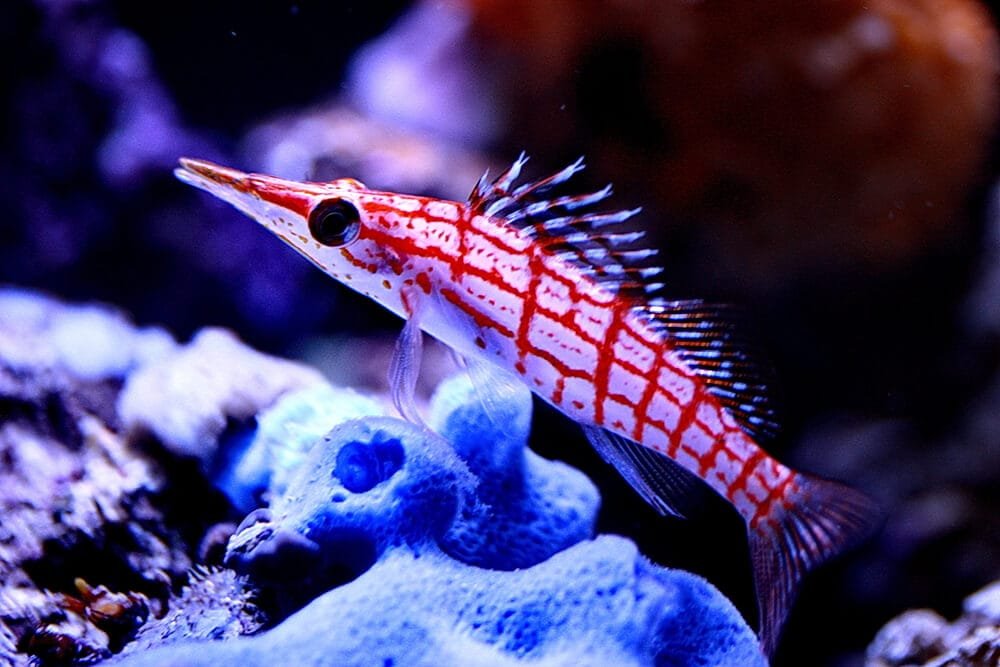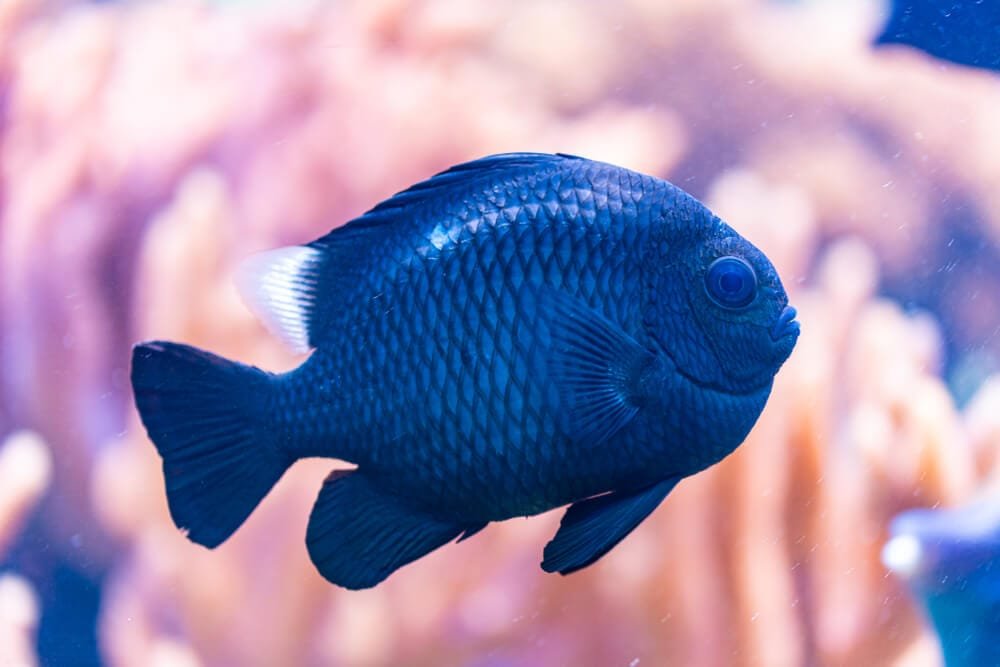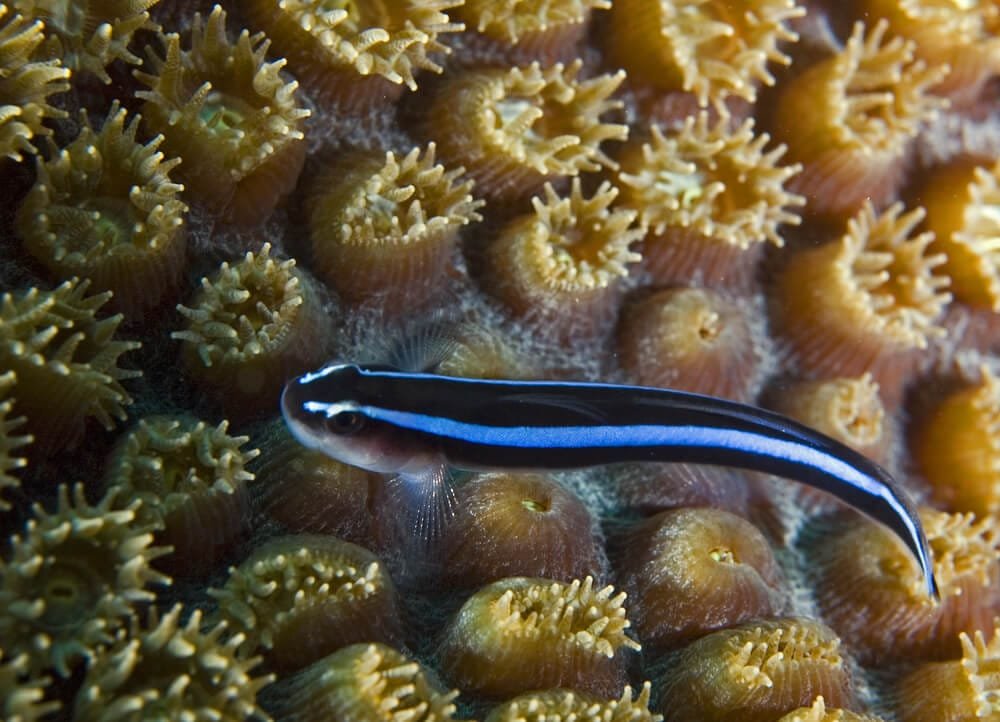Imagine this – you stumble upon a hidden gem, a person so intriguing and captivating that you can’t help but be drawn to their mysterious charm. Enter Chevron Tang. With a name so unique, it’s hard not to be curious about the enigma that lies behind it. This article will take you on a journey into the world of Chevron Tang, unraveling the secrets and unveiling the allure that makes this individual one of a kind. Get ready to be amazed by the fascinating story of Chevron Tang.
Chevron Tang
Chevron Tang is a beautiful and fascinating species that can be found in the tropical coral reefs of the Indo-Pacific region. Also known as the Hawaiian Bristletooth Tang or the Hawaiian Surgeonfish, the Chevron Tang is highly sought after by aquarium enthusiasts for its vibrant colors and unique markings. In this article, we will explore the various aspects of Chevron Tang, including its description, habitat, physical characteristics, diet, behavior, reproduction, threats, conservation measures, and even how to attract them to home aquariums. So, let’s dive in and learn more about this incredible fish!
Overview of Chevron Tang
Chevron Tang, scientifically known as Ctenochaetus hawaiiensis, is a species of surgeonfish that belongs to the Acanthuridae family. It can grow up to 8 inches in length and is easily recognizable by its distinctive bright yellow body covered in thin black vertical lines, resembling chevron patterns. These patterns give the fish its common name, Chevron Tang. Along with its striking appearance, Chevron Tang also boasts a long, pointed snout, a small mouth, and sharp barbs near its tail, which it uses for self-defense.
Description of Chevron Tang
The Chevron Tang has a unique coloration that sets it apart from other surgeonfish species. Its body is predominantly bright yellow, with thin black stripes running vertically from head to tail. These black stripes gradually fade as the fish matures, resulting in a more uniform yellow coloration in adult Chevron Tangs. Additionally, the fish has a black spot at the base of its tail fin. This combination of vibrant yellow and black markings makes the Chevron Tang a visually stunning addition to any aquarium.
Habitat of Chevron Tang
Chevron Tangs inhabit the warm tropical waters of the Indo-Pacific region, including the Hawaiian Islands, Fiji, Indonesia, and the Great Barrier Reef. They prefer reef environments with plenty of coral formations and rocky outcrops for shelter and foraging. These fish can be found at various depths, primarily ranging from 3 to 60 meters, but they are most commonly observed at depths between 8 and 30 meters. The Chevron Tang thrives in areas with strong water currents, as it helps provide ample food supply and aids in removing waste materials.
Physical Characteristics
Apart from its distinctive coloration, Chevron Tang possesses several other unique physical characteristics. It has a laterally compressed body shape, allowing it to maneuver swiftly through coral reefs. The fish also sports a small mouth that is well-suited for picking and grazing on filamentous algae and plankton. Another prominent physical feature of Chevron Tang is its sharp, scalpel-like barbs near its tail, also known as “scalpel spines.” These barbs serve as a defense mechanism against potential predators.
Diet of Chevron Tang
Chevron Tangs are herbivores, meaning their diet consists mainly of plant matter. They predominantly feed on filamentous algae, which they scrape off rocks and coral using their specialized teeth. These fish have developed a symbiotic relationship with cleaner wrasses, which help remove parasites from their bodies. Additionally, Chevron Tangs occasionally consume small invertebrates and zooplankton, supplementing their diet with protein-rich food sources.
Behavior of Chevron Tang
Chevron Tangs are generally peaceful and can be found in small to large groups, depending on the availability of food and shelter. They are diurnal, meaning that they are primarily active during the day and rest at night. During the day, Chevron Tangs engage in constant foraging, searching for algae and other food sources. They often exhibit interesting social behaviors, such as “jawclapping” and “gill flaring,” which are used for communication and establishing dominance within their groups.
Reproduction and Lifecycle of Chevron Tang
Chevron Tangs have an intriguing reproductive process. They are known to be protogynous hermaphrodites, starting their lives as females and later transitioning into males. When a dominant male is absent from a group, the largest female in the group will undergo the transformation process, developing male reproductive organs. Once the male is established, he will court and mate with one or more females. The fertilized eggs are then released into the water column, where they hatch and enter the larval stage. The larvae drift with the currents until they settle on suitable substrate to begin their juvenile phase.
Threats to Chevron Tang
Despite their resilience, Chevron Tangs face several threats in their natural habitat. One of the biggest threats is overfishing, driven by the high demand for these striking fish in the aquarium trade. Overfishing not only depletes their populations but also disrupts the delicate balance of coral reef ecosystems. Additionally, habitat destruction, pollution, and climate change pose an indirect threat to Chevron Tangs, as they rely on healthy coral reefs for their survival. These cumulative threats put the long-term viability of Chevron Tang populations at risk.
Conservation measures for Chevron Tang
To ensure the long-term survival of Chevron Tangs and their coral reef habitats, it is essential to implement effective conservation measures. One such measure is the establishment of marine protected areas (MPAs) that prohibit fishing and destructive activities within designated zones. MPAs provide a safe haven for the fish to breed and recover their populations. Sustainable fishing practices, such as size limits and catch quotas, should also be enforced to prevent overfishing. Furthermore, public awareness and education campaigns are crucial in fostering a sense of responsibility towards the preservation of these magnificent creatures and their ecosystems.
Attracting Chevron Tang to Home Aquariums
If you are interested in keeping Chevron Tang in your home aquarium, there are certain considerations to keep in mind. Due to their specialized diet and habitat requirements, it can be challenging to replicate their natural environment in a confined space. However, providing ample swimming space, suitable hiding spots, and a varied diet rich in algae will help in creating a favorable environment for Chevron Tang. It is also important to choose tankmates carefully, as some aggressive fish may harass or harm the Chevron Tang. Researching the compatibility and requirements of other species before adding them to the tank is crucial for the well-being of your Chevron Tang.
Different Species of Tangs
Tangs, also known as surgeonfish, are a diverse group of fish comprising numerous species. Some other popular tang species include the Yellow Tang (Zebrasoma flavescens), Powder Blue Tang (Acanthurus leucosternon), and Regal Tang (Paracanthurus hepatus). Each species has its own unique characteristics, coloration, and requirements, making them excellent choices for aquarium enthusiasts. However, it is crucial to research and understand the specific needs of each species before introducing them to your aquarium, as their care requirements may vary.
Conclusion
Chevron Tangs are captivating fish with their vibrant colors, unique markings, and intriguing behaviors. Their presence in the tropical coral reefs adds beauty and vitality to these delicate ecosystems. However, the threats they face in the wild highlight the need for responsible conservation practices and public awareness. By taking the necessary measures to protect their habitats and making thoughtful choices in aquarium keeping, we can ensure that future generations can continue to admire the splendor of Chevron Tangs and the beauty of our oceans.







